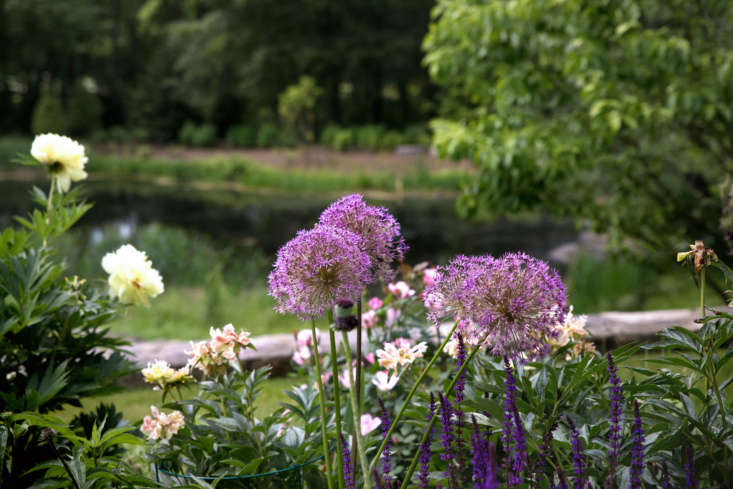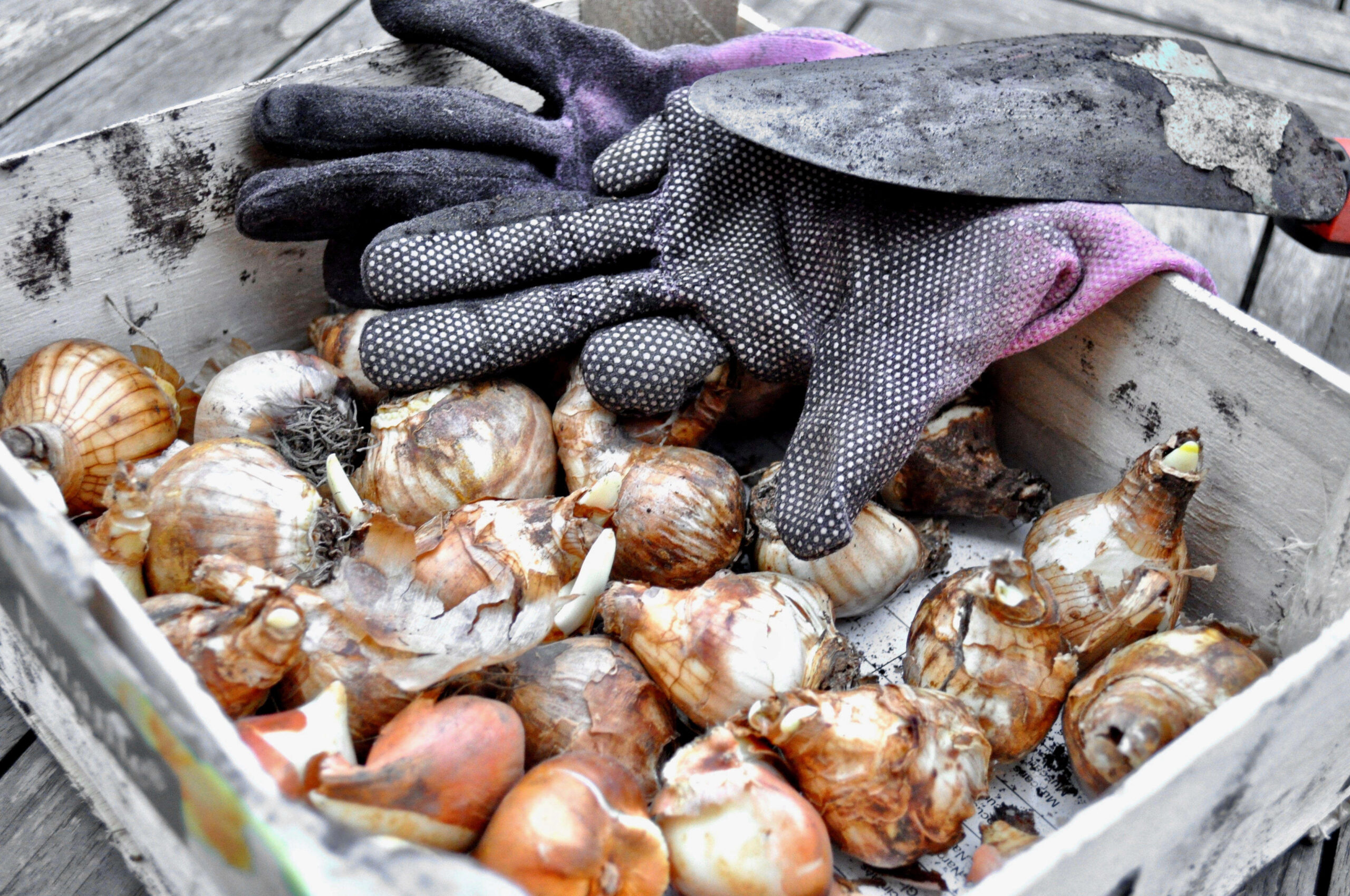
I’ve frequently acknowledged in concept that in case you happen to plant spring-flowering bulbs (much like tulips, daffodils, crocuses, and alliums) you presumably can fill your yard with successive waves of coloration for 3 months everytime you anticipate summer season season. Nonetheless in my yard, after the spring flowers on the azaleas and rhododendrons fade? Nothing—till June. I eye my neighbors’ extra vibrant gardens with envy and provoke late-night talks with my husband about why that is the 12 months we must always always lease a panorama designer.
This fall I plan to be proactive and plant bulbs—which I do know is a component you do in autumn on account of 1 12 months I went to our native nursery and requested for alliums. (I’m notably enamored with the extraterrestrial look of alliums, with their big pompom heads and tall, slender stalks.) Nevertheless it was by the peak of summer season season, and the good woman who labored on the nursery wished to interrupt it to me that I’d ought to attend till September or later for the bulbs to be obtainable for buy. Like many different bulbs, they’re planted inside the autumn and bloom contained in the spring, she recommended me, with not the slightest little little little bit of disdain.
A job requirement for working at nurseries should be an uncanny means to chorus from rolling one’s eyes when requested idiotic questions. Fortunately, my interview with Barbara Pierson, nursery supervisor of White Flower Farm, by which I requested newbie questions on spring-flowering bulbs, was carried out over e-mail. (Thanks, Barbara, for not inserting any eye-roll emojis.) Correct proper right here’s what I discovered:
Q: What are bulbs, anyway?

A: A bulb is “primarily a storage organ” for crops, says Barbara; your entire meals they want is concentrated in a compact, onion-shaped mass. “True bulbs have scales, which could be fleshy and alter into leaves after the bulb begins to develop.” They’re normally lumped along with corms, rhizomes, and tubers, on account of all of them develop underground and produce crops, however they’re fully fully totally different. Corms don’t have scales; rhizomes develop horizontally and will produce extra crops; and tubers have eyes (like potatoes) that may grow to be sprouts or roots. (See Every half You Ought to Know About Bulbs and Tubers for a roundup of a few of our favourite springtime bulb and tuber flowers.)
Q: Which bulbs are the very best to develop?

